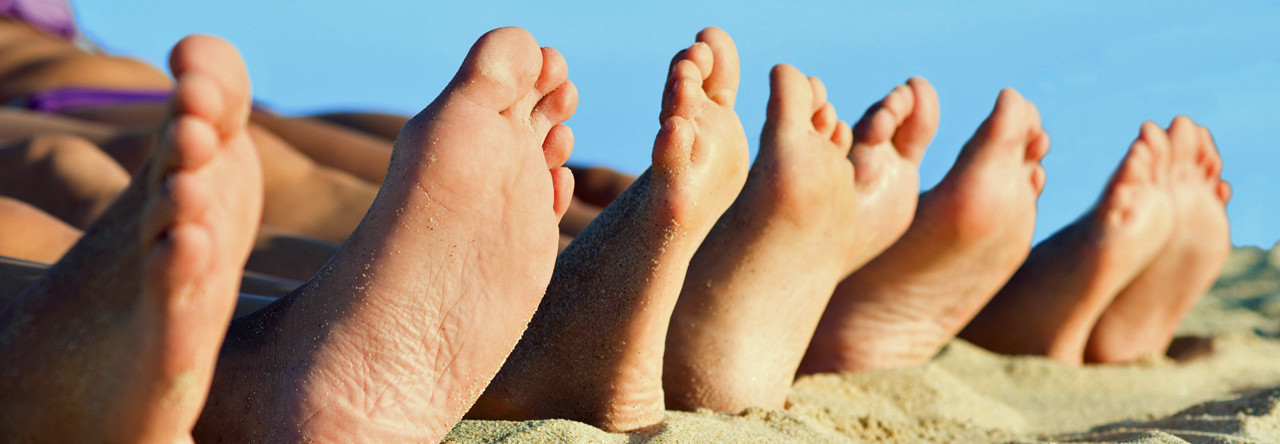Pain on the side of your foot making it hard to walk? Hard to do everyday activities because of the pain?
The pain can be attributed to several factors:
• Tailors bunion is a bony prominence on the lateral (outside) of the foot where the fifth metatarsal head connects to the toe.
• Sacs of jelly-like fluid that develops following a leak in the joint capsule, commonly known as Ganglions, forming on the side of the foot.
• Pain on the back of your ankle & on the side of your foot may be sinus tarsi syndrome, a condition which follows a severe inversion ankle injury.
• Any ligament injury connecting the calcaneocuboid joints, cuboid-fifth metatarsal, etc. can also cause pain.
There are many other reasons or conditions that cause pain on the side of the foot. Many conditions resulting in pain on the side of the foot can worsen if left untreated, so visit your doctor or podiatrist as soon as possible to determine the real root of the pain on the side of the foot.
Category: Calcaneocuboid Joint
For those interested, the calcaneocuboid joint is found in the foot between the heel bone (the calcaneus bone) and the cuboid bone (bone shaped and found in front of the heel bone).
The calcaneocuboid joint is a gliding joint, supported and strengthened by ligaments. They are the capsular ligament, bifurcated ligament, dorsal calcaneocuboid ligament, long plantar ligament, and plantar calcaneocuboid ligament.
The calcaneocuboid joint is important for lateral foot stability. This joint is susceptible to sudden injury or chronic strain, can can cause this joint to partially dislocate (subluxate).
When the dislocation is in the downward direction, a dull ache may be noticed. The long calcaneocuboid ligament may become strained, feeling similar to the pain of a heel spur. Applying direct pressure to the calcaneocuboid joint causes the pain symptoms……discomfort when standing on toes or rolling the arches toward the outside.
This joint allows the foot to lock for strength during the walking cycle. Any instability or dysfunction around the cuboid inhibits functional stability in the foot during the propulsive phase of gait. Lateral sports, such as tennis or racquetball, are responsible for the greatest strain. Stair climbing also can exacerbate the condition.
Treatment:
Treatment consists of manipulations of the joint and strapping to reduce the subluxation, and should be done by a professional, a chiropractor, or osteopath. Prevention is accomplished through foot supports, or orthotics, and it may be necessary to stabilize the foot and prevent re-injury. Orthotics can be obtained from a chiropractor or podiatrist.
